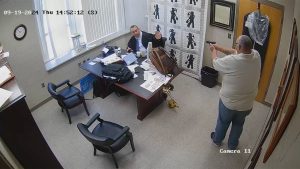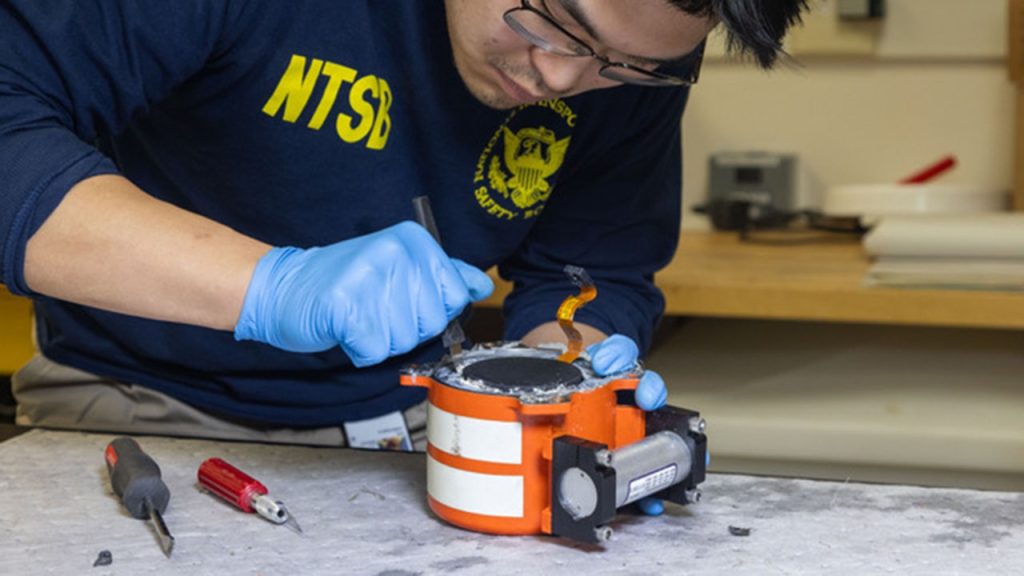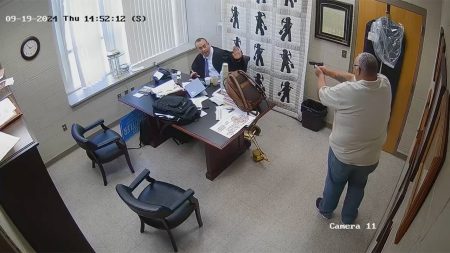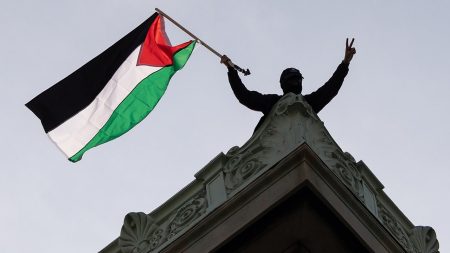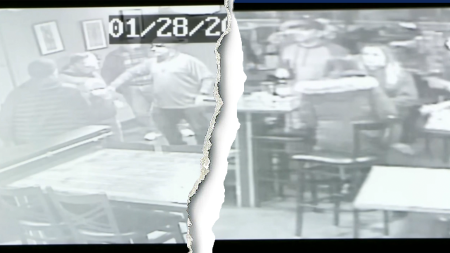The tragic midair collision between an Army Black Hawk helicopter and an American Airlines plane near Ronald Reagan Washington National Airport on Wednesday, claiming the lives of 67 individuals, has prompted a multifaceted investigation and immediate actions to address aviation safety concerns. Recovery efforts are underway, with barges deployed to assist in retrieving the remaining victims from the Potomac River. Recovered bodies are being transferred to the D.C. Medical Examiner’s Office for identification before being returned to their families. The recovery of both black boxes is a crucial step in determining the sequence of events leading to the catastrophe.
Initial findings and reports suggest a confluence of factors contributed to the collision. The Black Hawk helicopter, according to reports, was flying significantly higher than permitted along its designated route. Aviation guidelines stipulate a maximum altitude of 200 feet for helicopters in that area, yet the Black Hawk was reportedly flying over 300 feet. This deviation from protocol has been publicly noted, including by former President Donald Trump, who criticized the helicopter’s excessive altitude. Furthermore, the helicopter lacked Automatic Dependent Surveillance-Broadcast (ADS-B) technology, which enhances the accuracy and reliability of aircraft tracking for air traffic control operators. This absence potentially hindered the timely detection of the helicopter’s deviation from its intended flight path.
Air traffic control staffing levels at the time of the incident have also come under scrutiny. Preliminary reports indicate that a single air traffic controller was managing both airplane and helicopter traffic, a deviation from standard protocol which calls for separate controllers for each type of aircraft. This situation, coupled with the early departure of another air traffic controller, reportedly left the tower operating significantly below recommended staffing levels. Experts have suggested that a more proactive approach by air traffic control, directing the helicopter and plane away from each other rather than simply advising the helicopter to maintain clearance, might have averted the disaster. The broader issue of nationwide air traffic controller staffing shortages has also emerged, with numerous facilities operating below recommended levels, potentially jeopardizing aviation safety across the country.
The sequence of events leading to the collision, as detailed by Senator Ted Cruz, Chairman of the Senate Committee on Commerce, Science, and Transportation, highlights the communication and decision-making processes involved. The American Airlines flight, initially scheduled to land on a different runway, was redirected. Simultaneously, the Black Hawk helicopter’s route was adjusted. While air traffic control confirmed visual contact between the aircraft and instructed the helicopter to position itself behind the plane, the helicopter instead moved in front, leading to the fatal impact. This critical deviation from instructions underscores the urgent need to understand the factors influencing the helicopter’s actions.
The human toll of this tragedy extends beyond the immediate victims. The families of the deceased are grappling with unimaginable loss, while communities mourn the promising young skaters, accomplished athletes, and dedicated military personnel whose lives were cut short. The Army has identified two of the soldiers killed in the crash, while respecting the wishes of the third soldier’s family to withhold their identity. The American Airlines flight carried a group returning from a figure skating championship, underscoring the devastating impact on the athletic community.
In response to the collision, the Federal Aviation Administration has implemented immediate restrictions on helicopter traffic around Reagan National Airport. This measure, supported by former President Trump and implemented in consultation with defense officials, aims to enhance airspace safety in the vicinity of the airport. The restricted area encompasses a significant portion of the airspace surrounding the airport, reflecting a commitment to preventing future incidents. The ongoing investigation, including the analysis of the recovered black boxes and air traffic control communications, will be crucial in identifying the root causes of the collision and informing future safety protocols.
